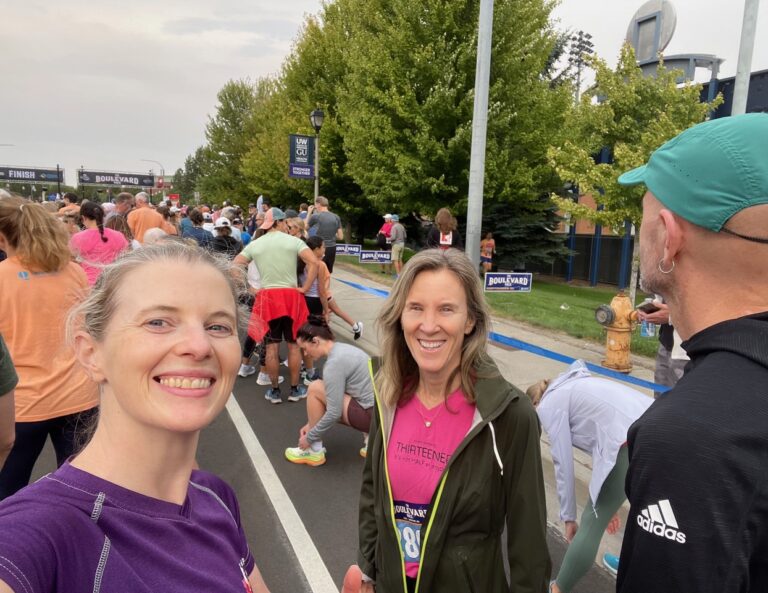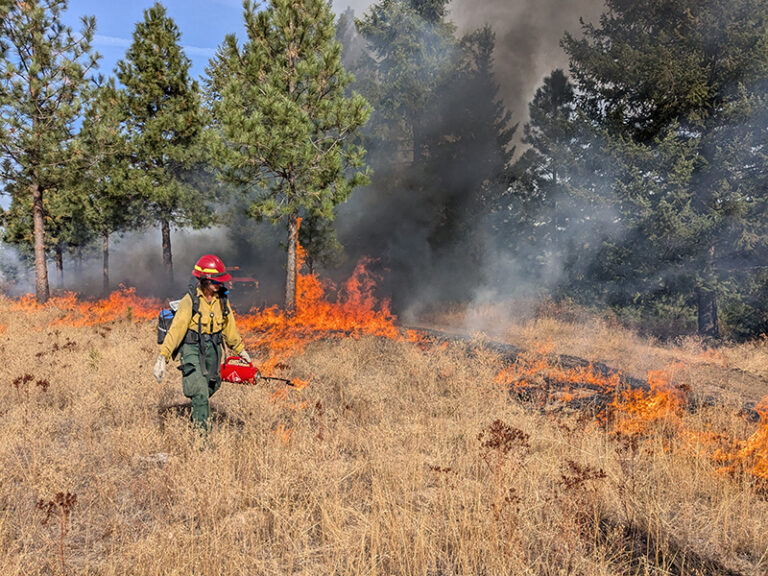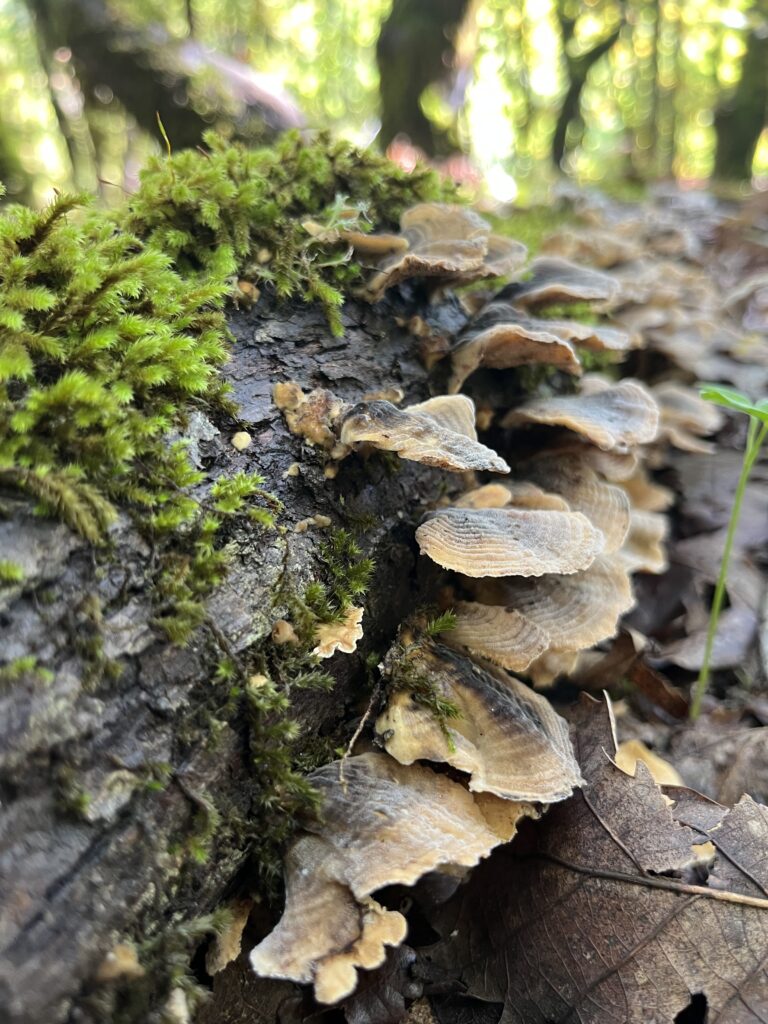Nowadays people explore Idaho’s Panhandle via bike, boat and backpack, ever on the lookout for that hidden treasure of lake, trail or experience. But, in the not-too-distant past, scores prospected the Panhandle for riches buried beneath the earth. Here they discovered such immense treasure the finds became worthy of the title “bonanza.”
The Panhandle is home to one of the greatest silver regions in the world, the Coeur d’Alene Mining District in the aptly named Silver Valley of Idaho.
An equally rich bonanza of history permeates the many communities and mine sites of the district. That story is distilled perhaps to its greatest strength in the little mining town of Wallace.

Wallace is one of less than a handful of cities entirely listed on the National Register of Historic Places. It boasts four museums, multiple historical exhibits, an underground mine tour, extensive historic trail system, and walking tours of its old commercial buildings, churches, and grand homes.
A body feels like they have stepped back in time when visiting there. And it’s not just in the architecture or exhibits. It’s also in the attitude of the people.
Since the city is so small—it has less than 1,000 residents—and corporate America hasn’t yet been able to buy up the place, Wallace still has that friendly small-town vibe.
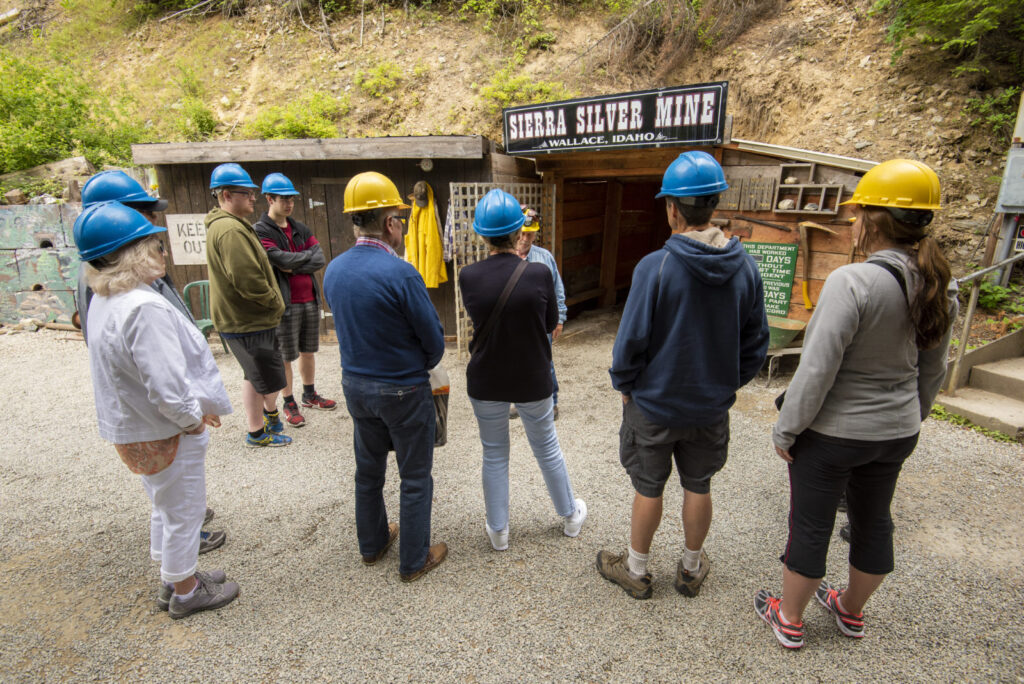
Heritage Saved
One of the best ways to get a feel for the history of the place is to hop on the Sierra Silver Mine Tour. An open-air trolley will ferry you around the tree-lined residential areas and storied buildings of the commercial district. The driver narrates the trip all the way up to the Sierra Silver Mine. Once there, retired miners will take you through a sideways cut in the mountain for an unforgettable “that’s the way it is” look at the dangers and rewards of mining. Reservations are recommended and can be made ahead of time on their website.
For the story of the people who worked the mines and the struggles they faced, a trip to the Wallace District Mining Museum is a must. Don’t just take our word for it. This tiny museum has been featured twice on the Travel Channel’s Mystery at the Museum series.
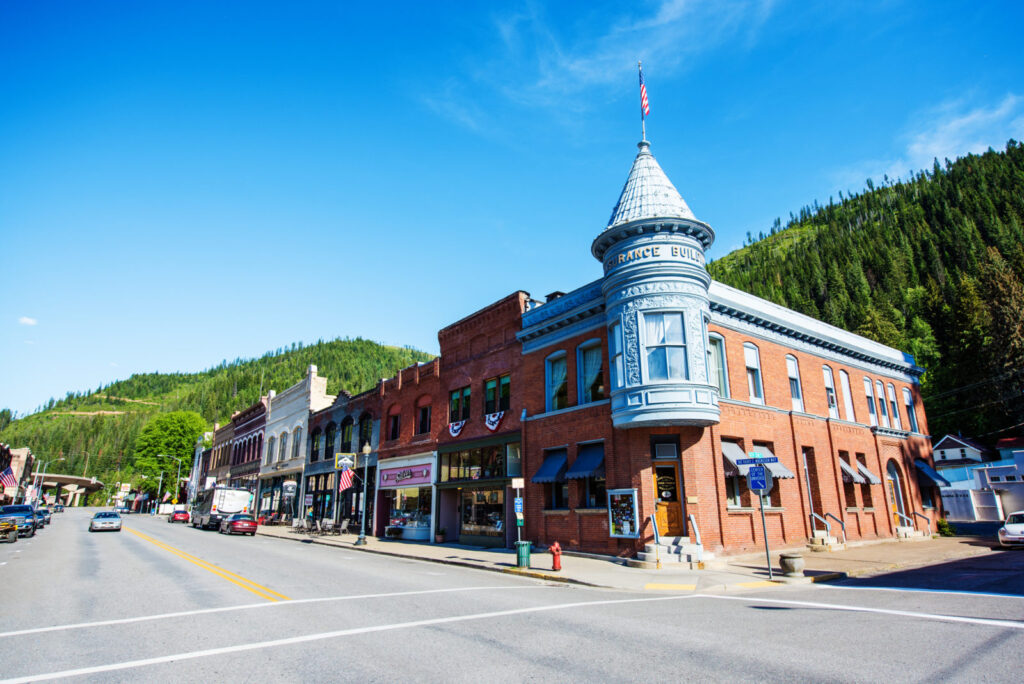
Among the tantalizing stories told there include the district’s bloody mining wars. That strife featured America’s largest mass arrests of civilians, hijacked trains, wild gunfights, blown up buildings, the murder of Idaho’s governor and acquittal of the assassin’s accomplices in the trial of the century.
Want more? Find three other extraordinary museums within walking distance. A train station, brothel and landmark church have all been converted into three separate museums featuring the region’s storied past.
Other musts for history buffs lie on the outskirts of town. The Mine Heritage Exhibit and four-acre riverfront park are just off Exit #61 at I-90. It’s the perfect spot to park, picnic and peruse massive mining machines—including a compressor the size of barn. Nine Mile Cemetery lies just one mile north of Wallace on State Route 456, where 3,000 internees inhabit this other National Register of Historic Places Site. One mile south of town is the Pulaski Tunnel Trail. Also on the National Register, the trail traverses stream, falls and forest to mark the heroism of fire fighters in America’s largest ever wild land fire in 1910.
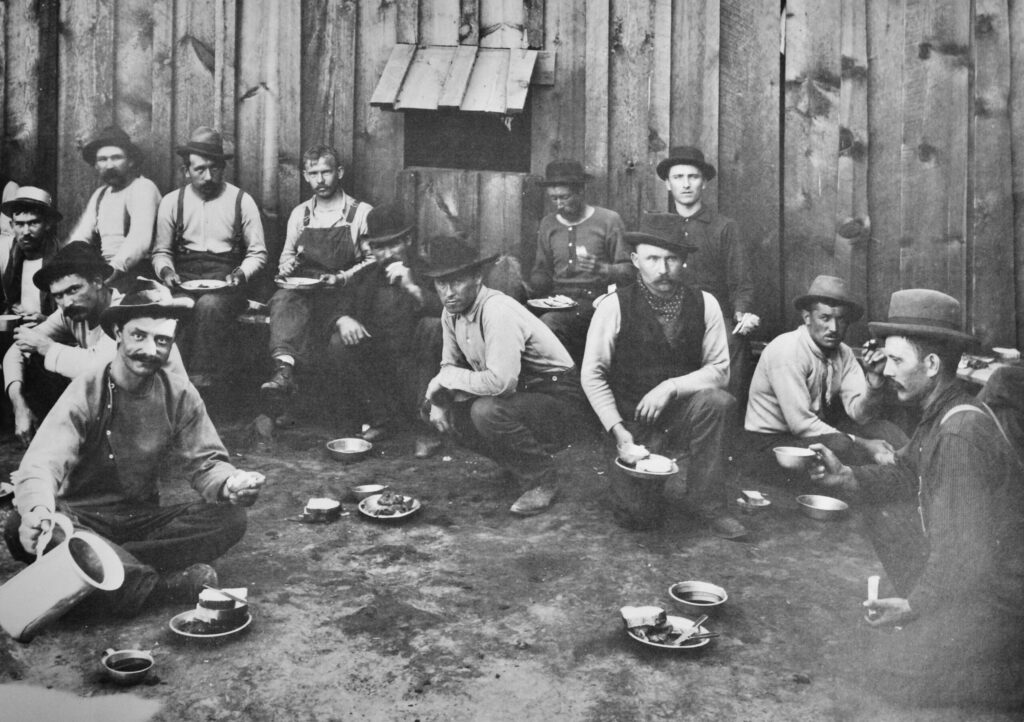
Heritage Lost
Finally, for the best hands-on perspective on Panhandle mining history, take a drive up Burke Canyon to the now largely abandoned mining towns of Gem, Frisco, Yellow Dog, Mace and Burke. It’s seven miles one way on the paved State Route 4. Find historic markers at the beginning, middle and end of the roadway.
These towns once were home to thousands of miners, dozens of mines, and all the support services and businesses associated therein. Now they have few permanent residents.

Once-bustling Burke in particular is haunting. Scores of abandoned buildings now stand where there were once schools, churches, government offices, ball parks, and a thriving business district.
Burke makes the case for all the efforts to preserve history down the canyon in Wallace. It is a silent witness to what a lack of treasuring one’s history yields: heritage ignored is heritage lost.

Historic Lodging, Dining, and Shopping
Once back in Wallace, a great way to see how history is still being preserved is to visit the many businesses there. Most have images of the town’s past on their walls. Two standouts include the local grocery store Harvest Foods with near life-size images above the aisles and Wallace Brewing Co. Its Ore Tasting room is in the old Coeur d’Alene Hardware Store, with dozens of rare images and artifacts on display. The same can be said for next door 1313 Club, Oliver’s Mercantile across the street, and, among our favorites for local memorabilia, North Idaho Trading Co. at the junction at Fifth and Bank Streets.
Sleep on history in the town’s historic lodging properties. In addition to the several vacation rental properties in historic homes, the Ryan Hotel has been in business since 1903. Its lobby is a wonderful mix of turn of the century elegance. Across the way on Cedar Street, spend the night in a former bordello—the Lux is a must for those wanting a real Wallace experience.
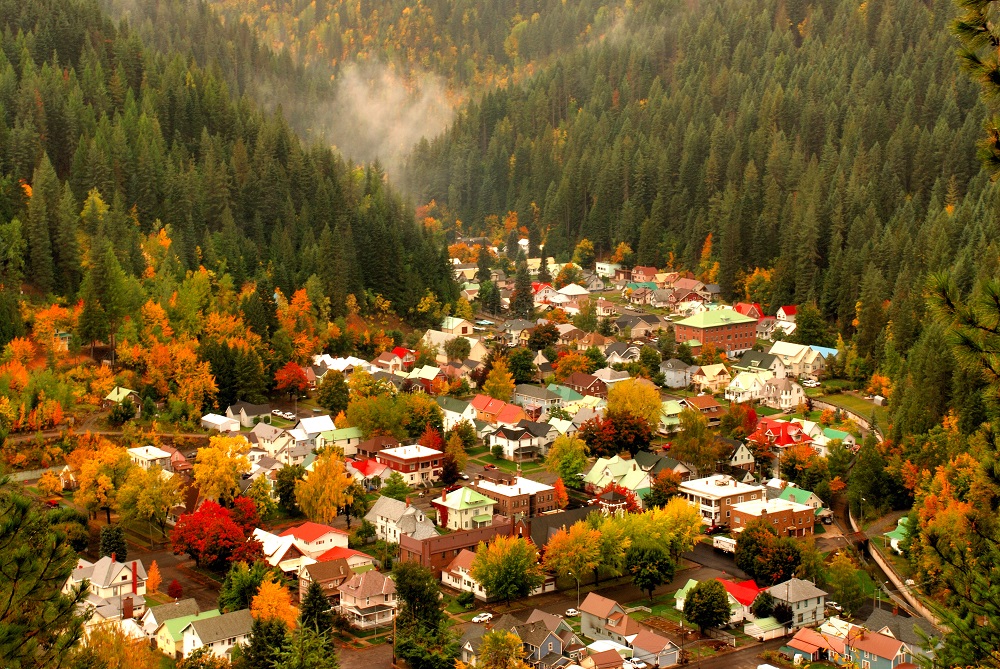
Sponsored Content











